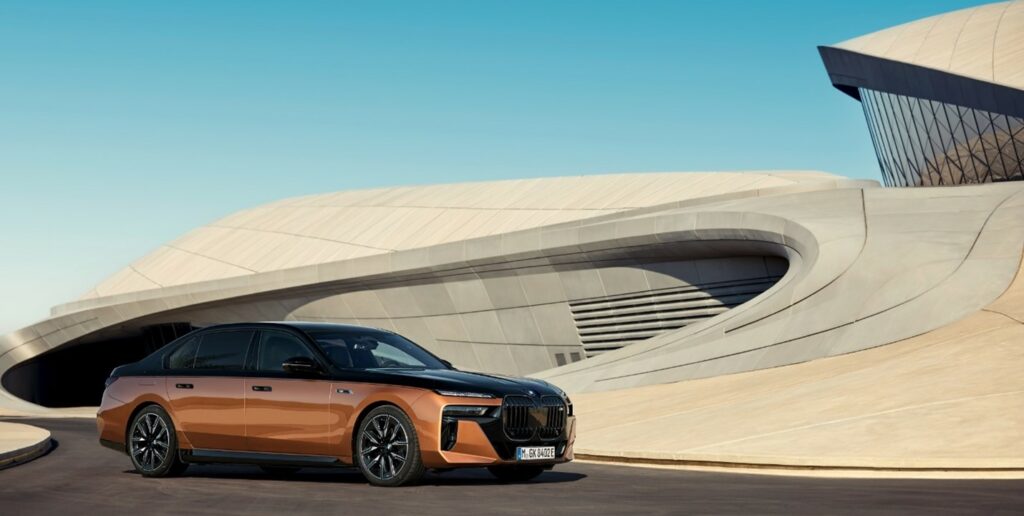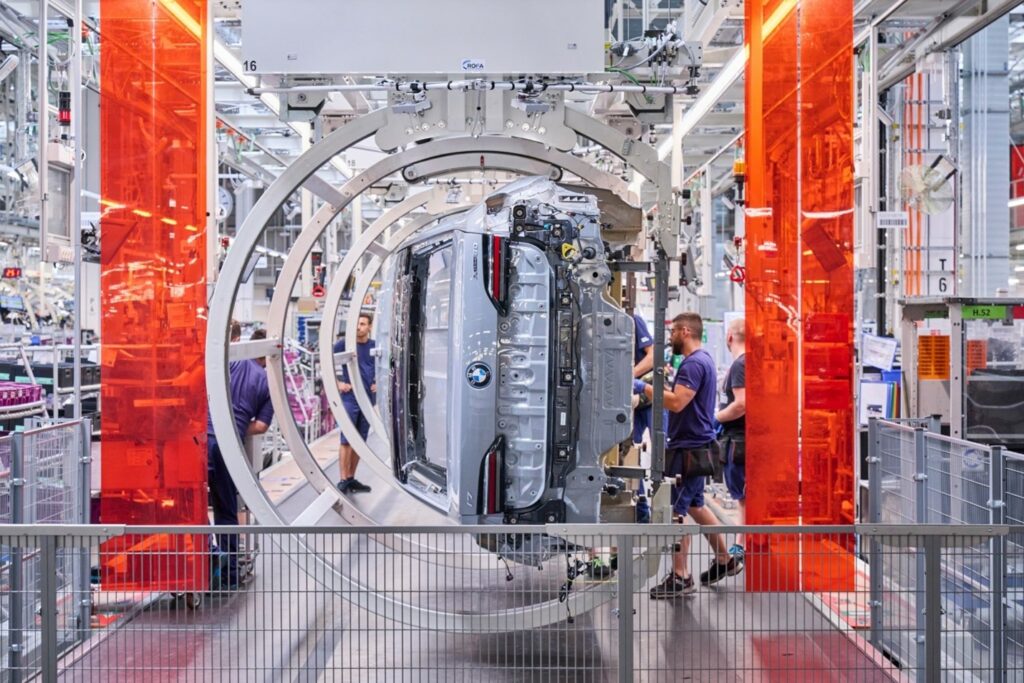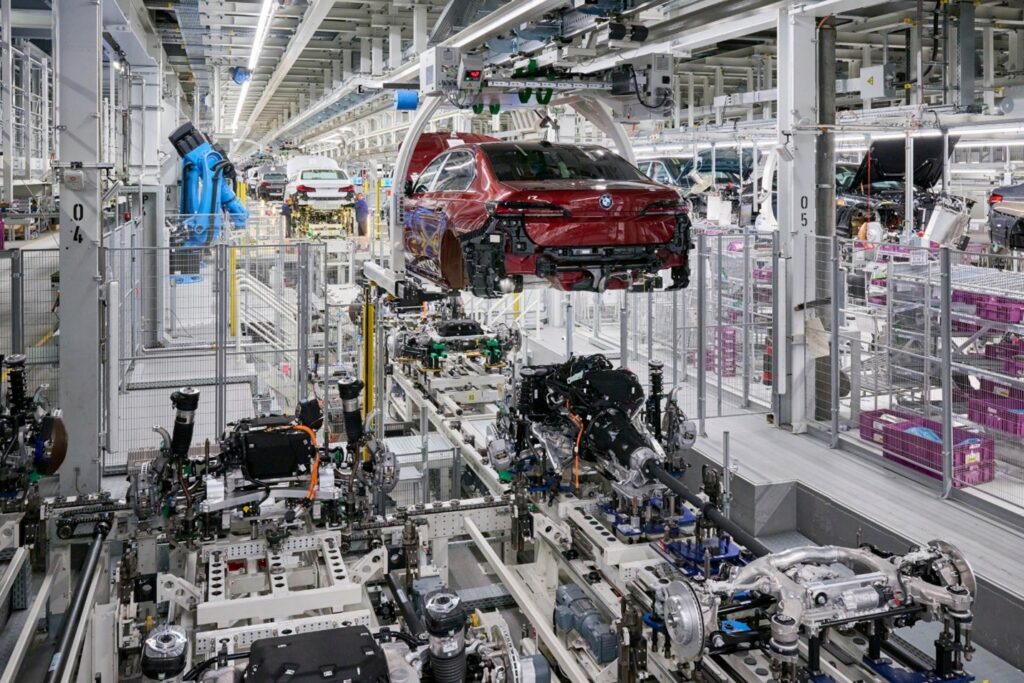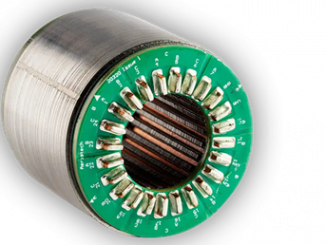
BMW is introducing its most powerful all-electric models yet, employing a new propulsion system design that does without rare-earth magnets in the rotor and doubles the number of excitation windings in the stator. Producing the highest output ever for an all-electric car from the BMW Group, the BMW i7 M70 xDrive marks another milestone for BMW in its electric mobility transformation becoming the company’s third performance model to have an all-electric drive system as represented in the new BMW 7 Series range.
The BMW i7 M70 xDrive, with electric power consumption combined rated at 23.8 – 20.8 kWh/100 km in the WLTP cycle, is the most powerful model with an all-electric drive system in the overall BMW Group portfolio and is being launched in the second half of this year.
Equipped with an electric motor at both the front and rear axle generating a maximum system output of 485 kW/660 hp and an M-specific chassis, the electric vehicle delivers a new combination of electric mobility and performance in the company’s luxury segment. The range-topping model of the new BMW 7 Series line-up accelerates from 0 to 100 km/h (62 mph) in 3.7 seconds, making it the fastest all-electric BMW model. Top speed is electronically limited to 250 km/h (155 mph).

It is being built at the company’s plant in Dingolfing, Germany together with all other model variants of the luxury sedan. As well as being the lead plant for luxury models, the production facility in Lower Bavaria is also home to the company’s competence center for electric drive system production, which manufactures both the electric motors and the high-voltage batteries for all variants of the BMW i7 on site.

The fifth-generation BMW eDrive technology installed in the BMW i7 is being constantly developed in order to further improve both power output and efficiency. This applies not only to the powertrain and power electronics, but also to the high-voltage battery and charging technology. It is equipped with highly integrated drive units at the front and rear axles, bringing together the electric motor, power electronics and transmission within a single, very compact housing. The two motors work according to the principle of an electrically excited synchronous motor. This type of design makes it possible to completely avoid the use of rare earth metals that are typically required for magnetic components in the manufacture of the rotor, notes the company.
An M-specific configuration of the drive system enables the BMW i7 M70 xDrive’s rear-axle motor, in particular, to achieve unprecedented levels of power density. The drive unit has a six-phase design with a dual inverter. This forms the basis for a very substantial increase in peak output that remains on tap up to high speeds. The motor’s power density of 2.41 kW/kg represents an increase of 25.5% over the unit that drives the rear axle of the BMW i7 xDrive60 and means that the BMW i7 M70 xDrive is fitted with what is currently the company’s most powerful electric motor.
This new standard-setting figure can be attributed to a BMW Group-patented innovation developed under the umbrella of BMW EfficientDynamics, which uses six excitation windings in the motor’s stator instead of the customary three. The resulting “double excitation” compared with conventional units allows the electric motor to generate an extremely high output, despite its exceptionally light and compact design, and to maintain it continuously into the higher echelons of the speed range. This solution is also far superior to a drive configuration using two motors at the rear axle in terms of both power density and efficiency.
The motor powering the rear axle generates peak output of 360 kW/489 hp. Its precisely coordinated interaction with the 190 kW/258 hp motor at the front axle creates an electric all-wheel-drive set-up generating system torque of 1,015 Nm (748 lb-ft) in Sport mode and as much as 1,100 Nm (811 lb-ft) when M Launch Control or the M Sport Boost function is activated, also offering outstanding pulling power.
With the M Launch Control function, both drive and traction control are integrated into the engine control unit. This ensures the power generated by the electric motors is metered extremely precisely, allowing the drive system’s M-typical performance characteristics to be instantly converted into stunning acceleration without any loss of traction. For more info, see www.bmw.com.



